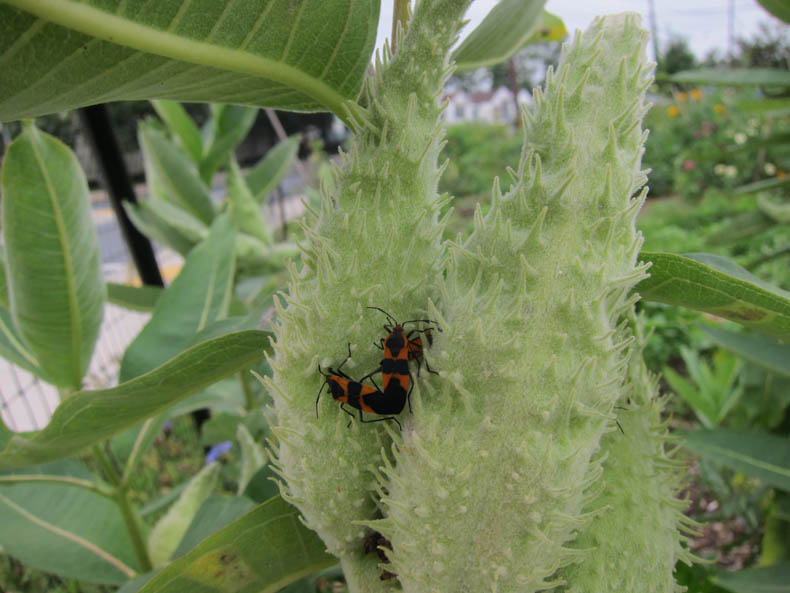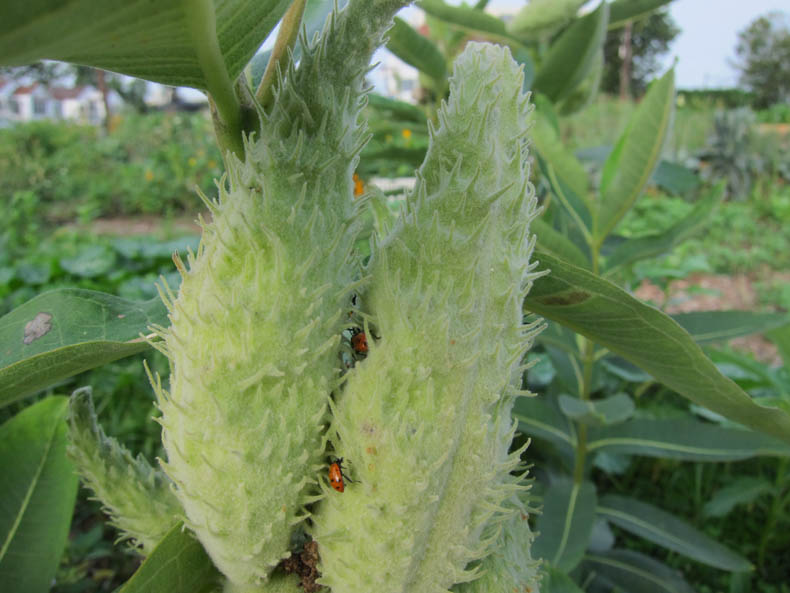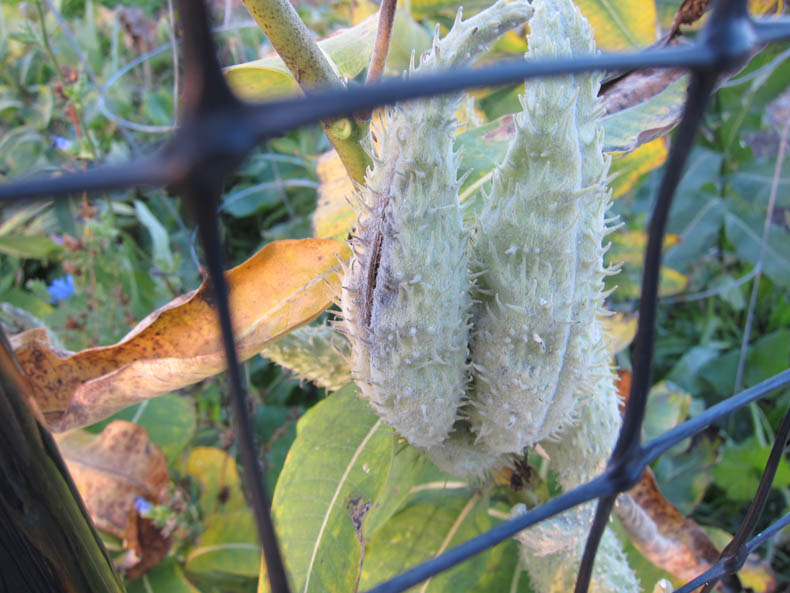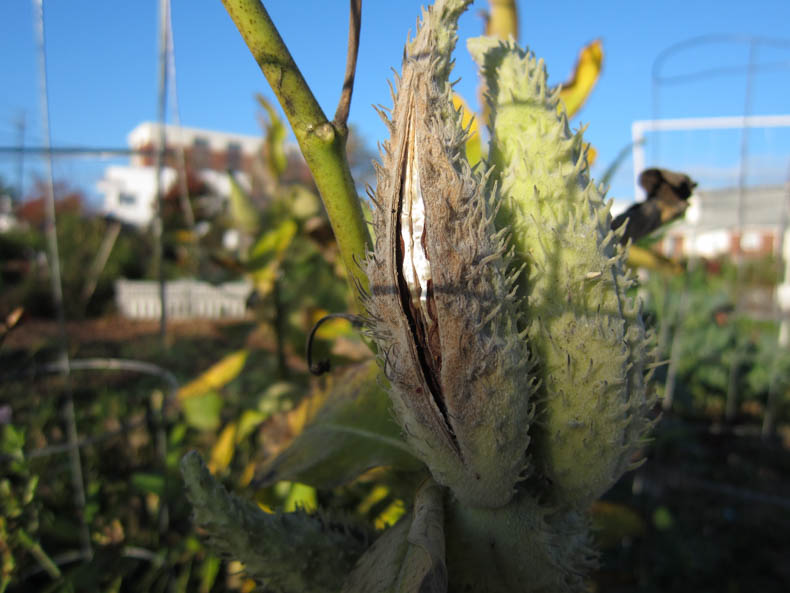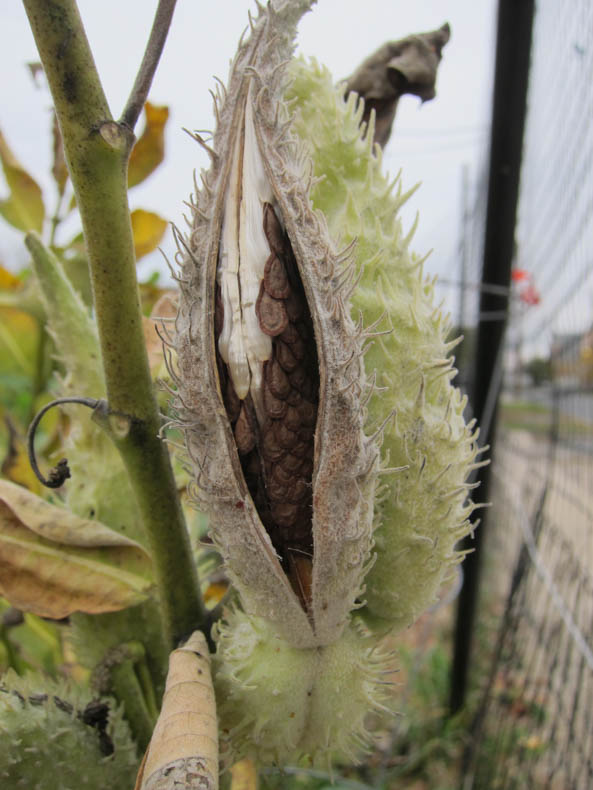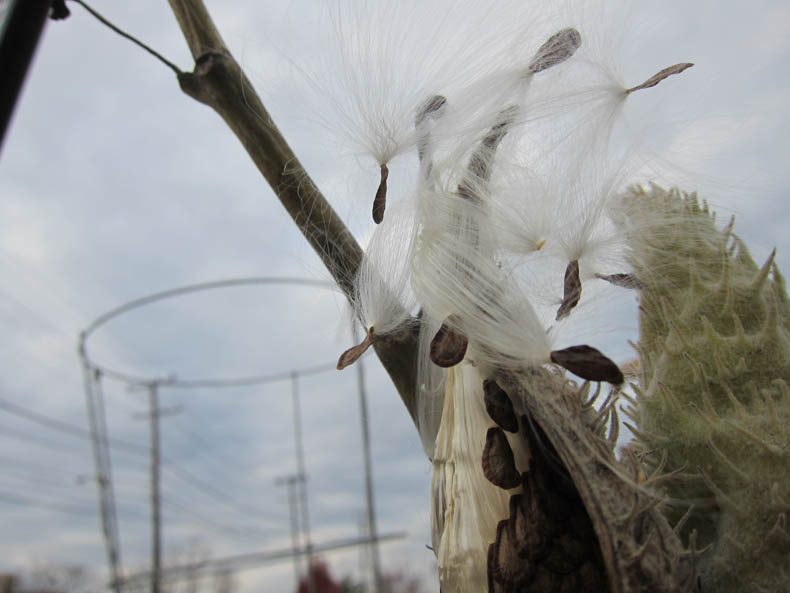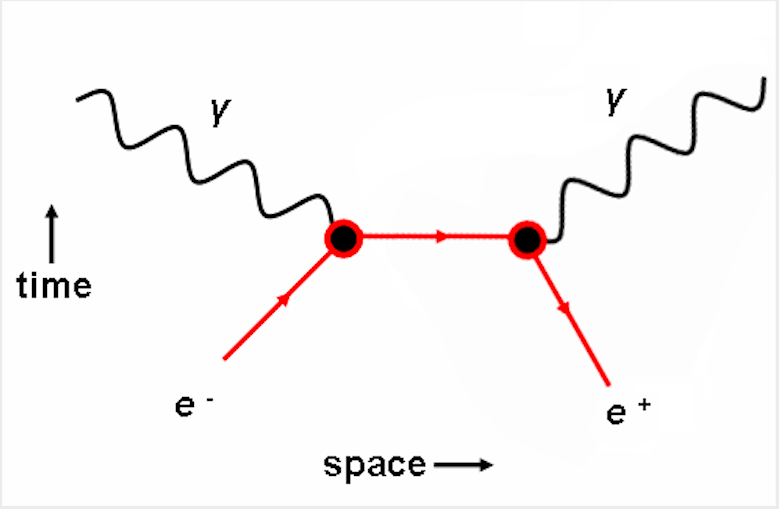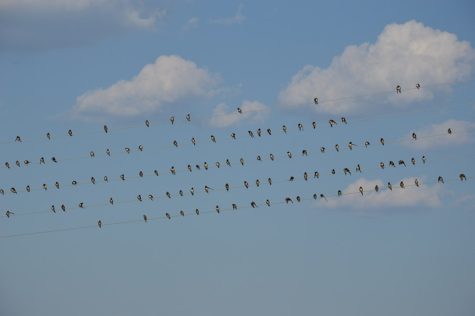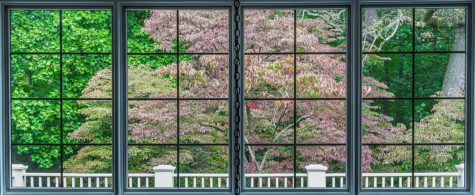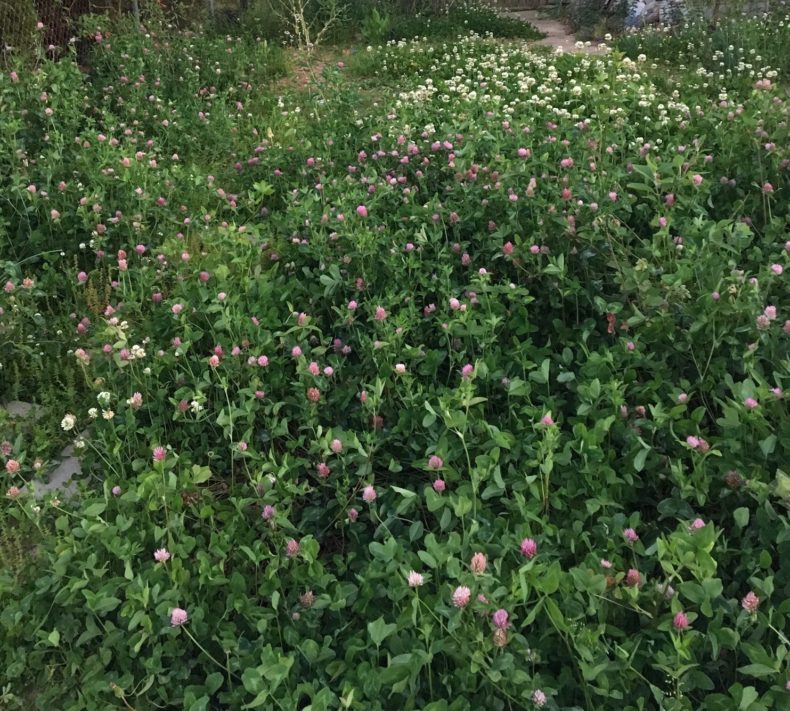
I love the prickly, dry ecology of the northern California foothills. I love even it in late summer, when nothing is left of most plants and people but an exhausted, brittle husk. That is when my favorite plant, the California buckeye, or Aesculus californica, comes into its own.
Unlike me, Aesculus californica knows when to start working and when to stop. Found only in California and a few parts of Oregon, the trees are the first to leaf out in spring. They produce bright green, almost tropical foliage, and fragrant spears of small white flowers.
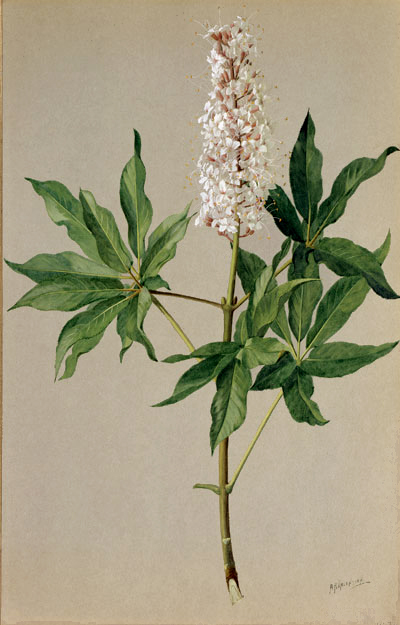
Albert R. Valentien (1862-1925)
San Diego Natural History Museum
By August, when temps have reached triple digits and rain is a distant memory, California buckeye stop trying to photosynthesize. Their dark-green leaves turn brown and shrivel, reducing water loss, and allowing the trees to devote all their energy to making big, glossy, mahogany seeds. Encased in silver-gray sheaths, the seeds dangle from bare buckeye branches like figs, or prettier testicles.

Predators like deer do not eat buckeye seeds, because they contain a potent neurotoxin that destroys red blood cells. In the fall, the seed’s sheath splits, allowing the seed to fall to the ground and germinate.
This is my favorite part. A fat, pale worm emerges, the embryonic root, or radicle. It plunges into the soil, sending down a deep taproot wherever the seed has landed, bounced or rolled. The trees thrive in steep canyons, stabilizing the soil, and can live up to 300 years.
Seeing California buckeyes flower, fruit and wither is not my only or the most important reason for sticking around this desiccated valley, but it is an important one. Yesterday, for the first time since last May, it rained. I made a pot of tea and sat on our porch, watching the mist turn into a steady downpour.
Rain splattered through my open windows, but I didn’t close them. I inhaled the valley’s first-rain scent, an earthy mixture of aromatic chemicals called petrichor. As the rain plumped up the moss on our old oak tree, I felt so giddy that I couldn’t concentrate on work.
I’d made it to the first rain of fall, a reason to celebrate, I decided. So I went for a walk, looking for silvery-grey-green pendants, and came back with a shiny brown seed that fit nicely in my palm — my end-of-summer reward.
